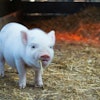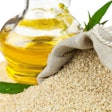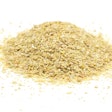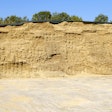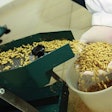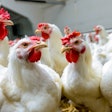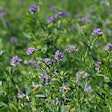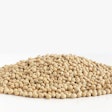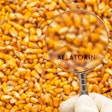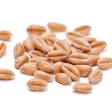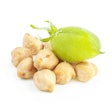
Nutritionists struggle with knowing how and when to best use yeast products to their benefit.
Yeast has a very long history in nutrition, but do we know what yeast truly is? Certainly, it is a microorganism. It belongs to the fungus kingdom and it has a unicellular structure just like bacteria, but it is not one of them.
It is, without a doubt, a strikingly unique microorganism, as it has been around since the dawn of time helping humans make bread and beer. In more recent times, it has proven to be an invaluable feed ingredient for young and highly productive animals.
Commercially, it comes in many distinct and often puzzling forms: dead, live, enriched or broken up.
- Dead brewers yeast is the traditional byproduct prized mainly for its highly nutritive value in proteins and vitamins. Today, it is used mainly in ruminant feeds.
- Live yeast is a main product manufactured specifically for animal feeds. It finds application in all species due to its multiple functional properties, with a focus on gut health.
- Enriched yeast examples include those with selenium and chromium but, given the nature of this microorganism, the possibilities might be endless. It remains a niche market for high-margin supplements.
- Broken-up yeast is the well-known cell wall fragments used in animal feeds to mitigate the risk of certain mycotoxins. The cell contents are more valuable to the human food industry.
Many benefits have been attributed to each and every form, spanning from increased productivity to a strong immune system, often with overlapping effects. All these nutritional and health attributes have been recently reviewed by Gerald C. Shurson of University of Minnesota (Animal Feed Science and Technology, 2018, 235: 60-76) including the puzzling nature of many commercial forms.
Too many options available
What really troubles yeast buyers is that there are so many options in the market that make it difficult to distinguish differences, let alone when and how they should be used to maximum benefit, and this needs to be rectified.
When buyers go to the market for yeast, they should look for the products that match their needs. In general, when the problem is mycotoxins, yeast cell walls are preferred. For probiotic-like gut health benefits, live yeast appears as the main claimant.
In conclusion, we all know something about yeast and its place in the human food and animal feed industries. Its benefits in animal nutrition and health are undeniable, but science must shed even more light into how to use this powerful tool to address specific problems that concern the animal industry today and tomorrow.
For example, a certain yeast product claims significant Salmonella load reduction in broilers, and another more recent one is exploring the synergistic effects with certain fermentable fibers. Yet, we need even more such targeted solutions, for example, to address the unresolved issues of necrotic enteritis and coccidiosis in poultry.
Could yeast be the next frontier in animal nutrition?
